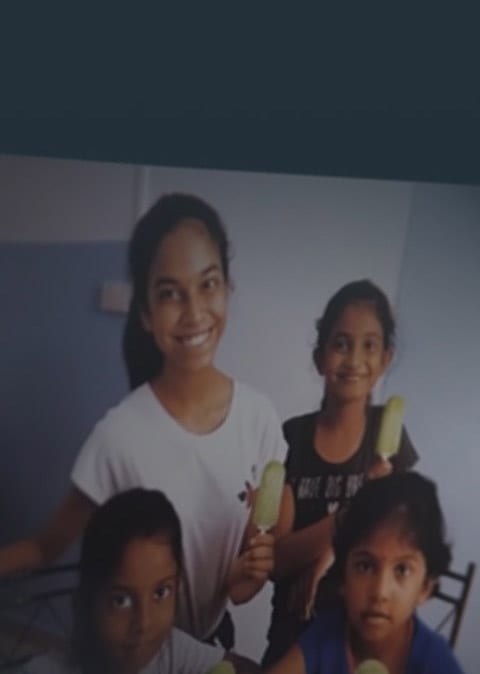At NVPC’s inaugural Fundraising Forum, part of the City of Good Summit 2025, some 300 passionate fundraisers, charity leaders, and philanthropic partners gathered to chart a stronger, more resilient giving ecosystem for Singapore.
NVPC’s Vice Chairman, Chong Ee Rong, shared on the dynamic changes in the philanthropic space and Lenard Pattiselanno, NVPC’s Senior Director of Community Leadership and Partnerships, spoke on how to navigate Singapore’s fundraising landscape.
Understanding The Heart of Giving: Insights From giving.sg’s Donor Study
“Segmentation is like a torchlight in the dark — it shows you who to connect with, so you move with purpose, not guesswork.” Mr. Saurabh Sadhana, founder of Urooj Insights, gave a presentation on ‘The Segmentation Advantage: Power Fundraising, Supercharge Giving’.
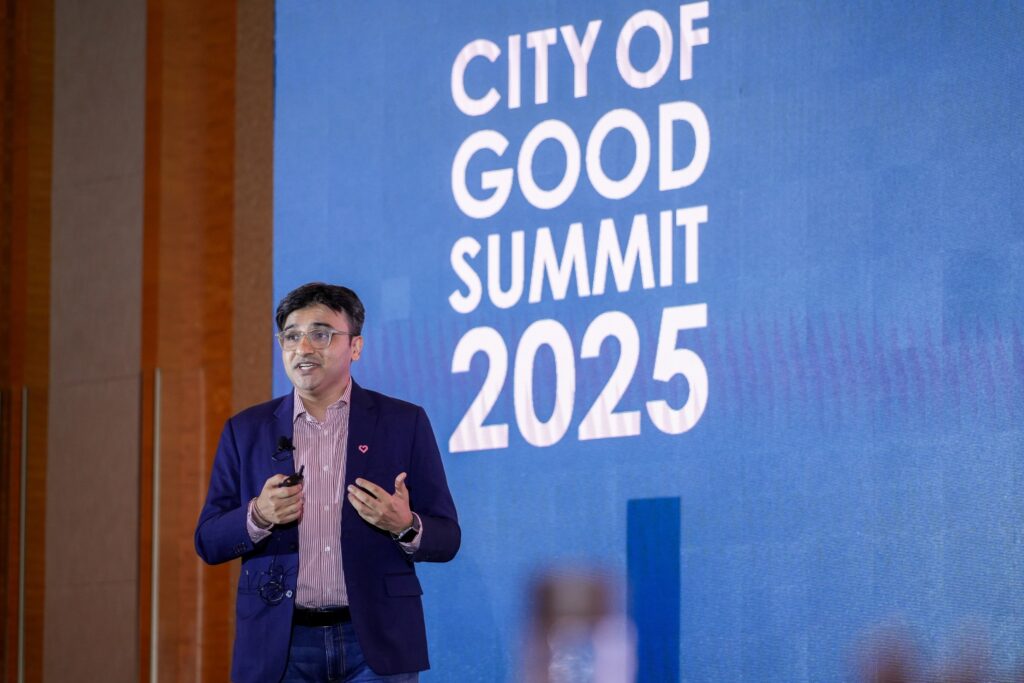
He shared key findings from a study focused on understanding individual donors on giving.sg. The aim of the study: to uncover who these donors are, what motivates them, and how strategic insights can shape more impactful fundraising efforts. The study surveyed over 2,000 Singapore residents who had donated in the past year and was representative by age, gender, location, and donation behavior.
Key outcomes showed giving.sg leading among digital donation platforms, with 73% awareness, 55% visitation, and 35% usage. 24% preferred this platform, and it achieved a Net Promoter Score (NPS) of 44—a strong indicator of user satisfaction and advocacy.
Beyond platform performance, the study’s core objective was donor segmentation—clustering individuals based on shared knowledge, behaviors, and attitudes. This approach enables tailored engagement strategies, helping organisations better connect with different donor types. This study identified key donor segments in Singapore, each with distinct behaviors and motivations.
Saurabh emphasised that segmentation is not about boxing people in but about identifying patterns to guide smarter engagement. The goal is to create strategies that resonate deeply with donors, ensuring sustainable growth and greater impact for organisations.
Understanding these segments — what drives them, their preferred channels, and their giving barriers—can help charities craft tailored strategies to build relationships, boost engagement, and grow the giving ecosystem in a more inclusive and digital-forward direction.
As a work in progress with NVPC, the study will next explore qualitative insights to build actionable strategies rooted in real donor motivations. As Saurabh put it, understanding donors is “not just about data—it’s about telling a story that leads to meaningful action.”
The full report will be available in Q3 2025.
Reflections on Fundraising: Insights from the Panel Discussion
The final segment of the Fundraising Forum brought together reflections on the evolving practices, challenges, and opportunities facing Singapore’s charity sector. In a discussion moderated by Lenard Pattiselanno, NVPC’s Senior Director of Community Leadership and Partnerships, panellists Charlotte Nors (SRT), Sherwan Sharip (Dementia SG), Jeremy Khoo (Caritas), and Saleemah Ismail (New Life Stories) shared their experiences and views on how charities can more effectively engage donors, maintain efficiency, and build stronger fundraising capabilities for the future.
Understanding Donors
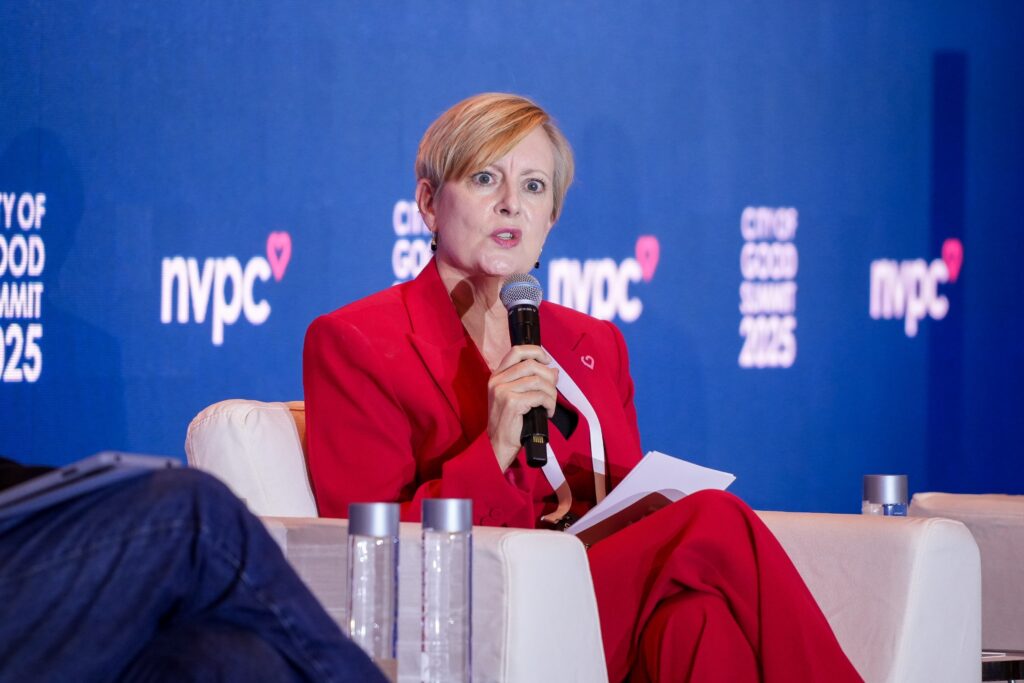
Charlotte highlighted a subtle but important truth about donor stewardship: even donors who express a desire to stay low-profile often still appreciate personal gestures of care and gratitude. A handwritten note or a thoughtful check-in can go a long way. While some gifts are given anonymously, she shared that charities still maintain internal records for security and compliance purposes. In Singapore, true anonymity in giving is rare because of regulatory requirements, but the heart of donor engagement lies in understanding each donor’s preferences and respecting their wishes while finding appropriate ways to acknowledge their support.
Jeremy added that charities must recognise there are various kinds of anonymous donors. Some give small amounts through online platforms and leave no contact details, making follow-up impossible. Others, such as high-net-worth individuals who donate large sums, may request public anonymity but can and should still be engaged personally. In such cases, charities should move beyond digital communications and invest the time to cultivate these relationships through personal meetings and tailored engagement. Jeremy stressed that the approach to anonymous donors must be thoughtful and differentiated, based on the nature of their giving.
Lenard suggested that charities could be more transparent with donors about the implications of choosing anonymity. Simple communications on a charity’s website could help donors understand that even limited information-sharing could allow their gift to create greater value and deeper impact.
Navigating the Challenges of the 70/30 Rule
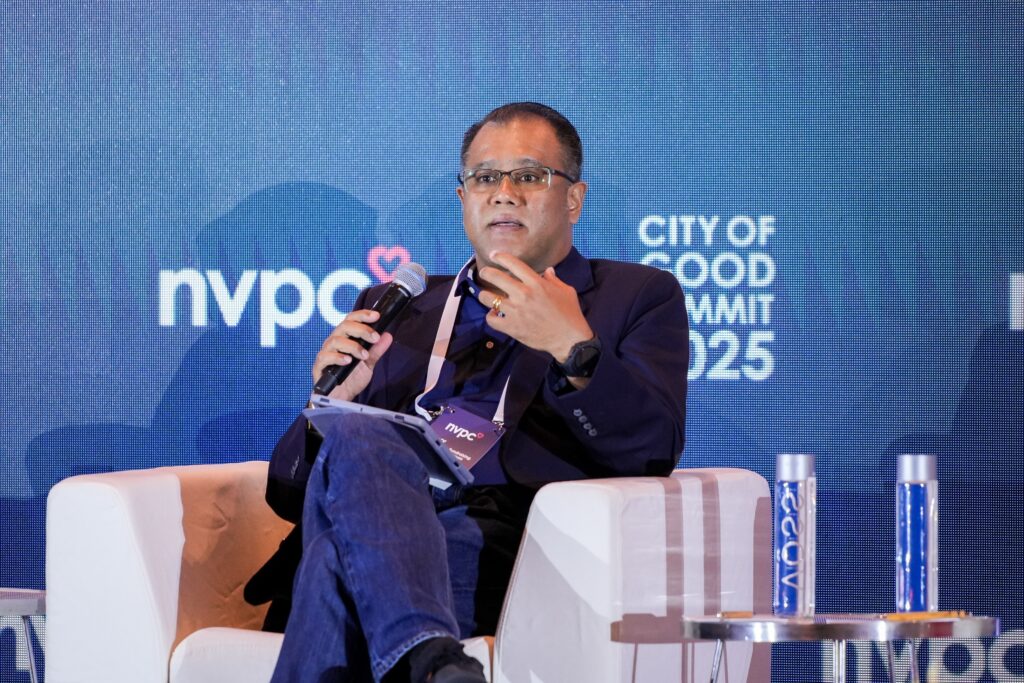
The conversation then moved to the practical challenges of organising innovative donor experiences while meeting the strict 70/30 fundraising efficiency ratio, a rule which requires that at least 70% of funds raised go directly to charitable purposes. Sherwan candidly acknowledged how difficult this rule makes it for charities to think creatively. In the commercial sector, margins of 15–20% are common, yet charities are expected to operate at much higher efficiencies. He argued that while transparency and accountability are important, the sector needs to re-examine the 70/30 rule to foster greater sustainability and innovation.
Building on this, Lenard recommended the documentary Uncharitable by Dan Pallotta, which explores how outdated mindsets and regulatory frameworks can limit non-profit organisations, compared to the flexibility allowed in the commercial world. In business, failure and risk are accepted; in the non-profit world, the same tolerance often does not exist. The documentary advocates for a new way of thinking about how society supports charities and philanthropy.
Evaluating Third-Party Partnerships and Fundraising Efficiency
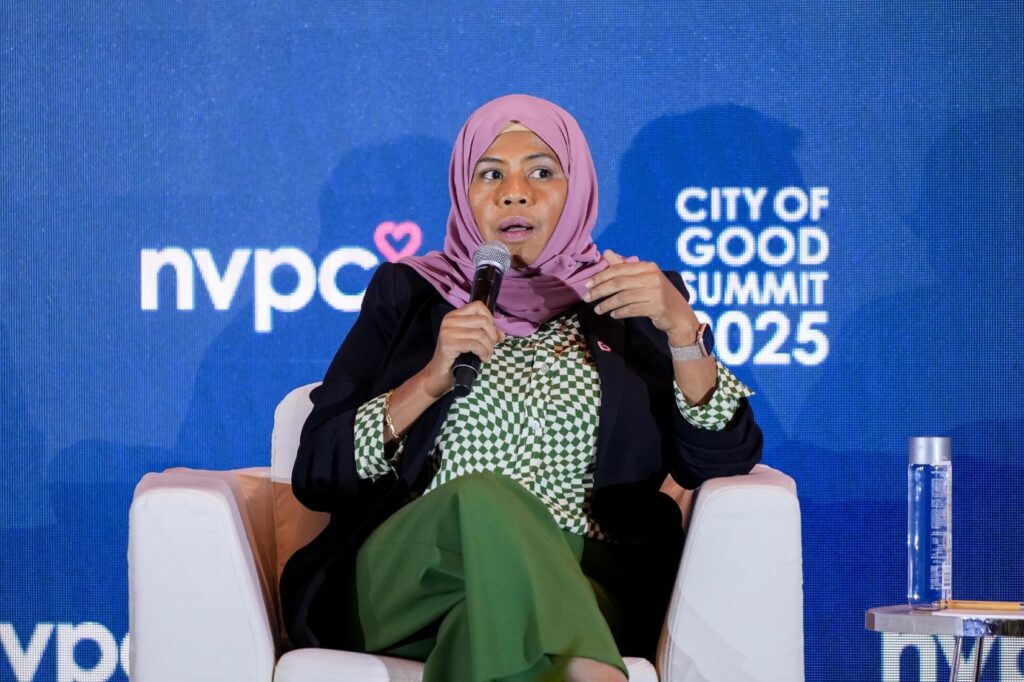
Turning to the question of capability development, the panel discussed how charities might collaborate with external fundraisers and third-party platforms. Salima shared a practical decision-making framework that her organisation uses: evaluating fundraising strategies based on “effort versus income.” High-effort activities like gala dinners can be valuable, but only if they yield proportionally high returns. Sometimes, focusing on direct donor engagement — making calls, meeting one-on-one — can result in greater fundraising success with lower effort.
Salima also emphasised the value of working with reputable third-party platforms, like giving.sg, to reach wider audiences that individual charities might not be able to access on their own. She reminded participants that platforms such as these already act as intermediaries for many charities and stressed the importance of due diligence to ensure that all partners are trustworthy and properly vetted.
Building a Data-Driven Future: Questions for Sector Benchmarking
As the session drew to a close, Lenard put forth an initiative: developing a fundraising benchmarking report for Singapore. He invited each panellist to suggest one critical data point or question that should be included.
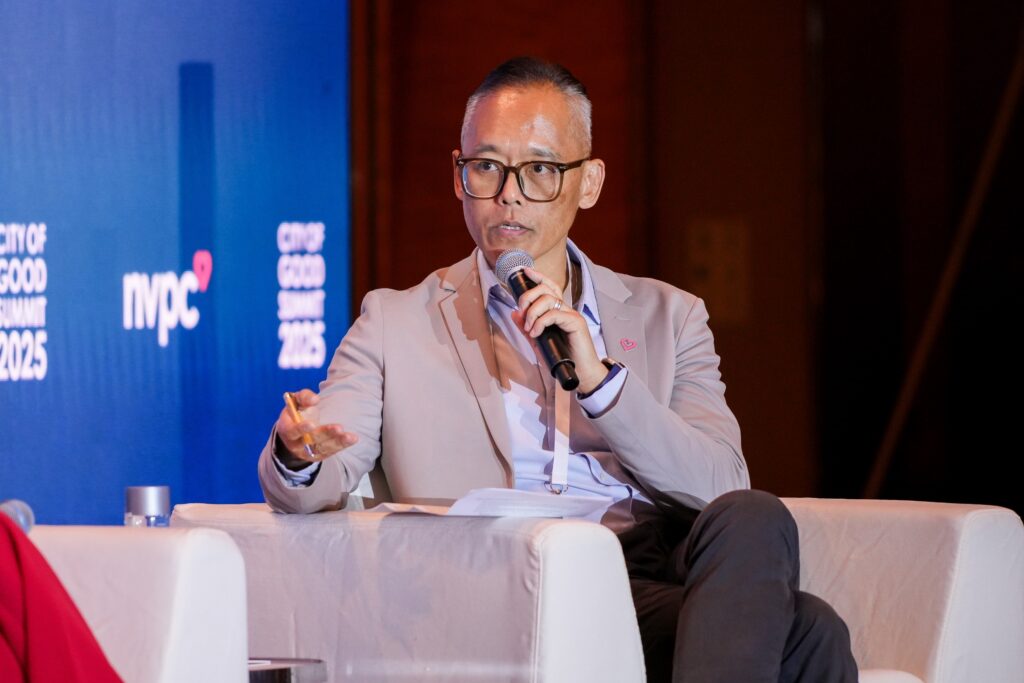
Jeremy expressed the need for data that could more clearly measure the effectiveness of marketing and communications efforts. He pointed out the difficulties charities face when tracking donor journeys, making it difficult to assess what communications strategies actually drive donations.
Charlotte proposed that the report explore donor motivations in depth. Understanding why people give — and why they continue to give — could unlock valuable insights for charities seeking to build lasting relationships with their supporters.
Sherwan suggested flipping the usual perspective: rather than focusing only on current donors, he urged an investigation into who is not donating, and what barriers prevent them from contributing. Uncovering these insights could help charities develop new strategies to reach untapped audiences.
Finally, Salima advocated for the creation of clear national benchmarks for online and offline fundraising conversion rates. Knowing, for example, that a 10% online conversion rate is considered excellent would help charities evaluate their own performance realistically. Similarly, benchmarks for face-to-face fundraising and event-based fundraising would provide valuable guidance to inform decisions on resource allocation and strategy.
Looking Ahead: A Spirit of Collaboration and Growth
The panel concluded with a shared commitment to continued learning, innovation, and collaboration. The conversation underscored the importance of data-driven strategies, thoughtful donor stewardship, and sector-wide dialogue in building a more sustainable and impactful fundraising ecosystem in Singapore.












